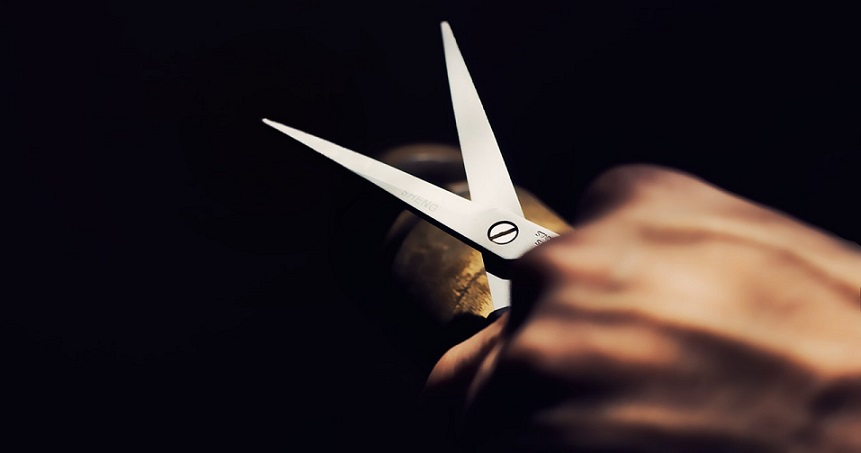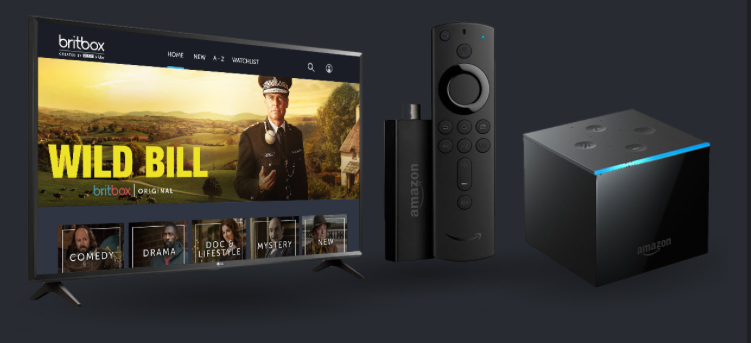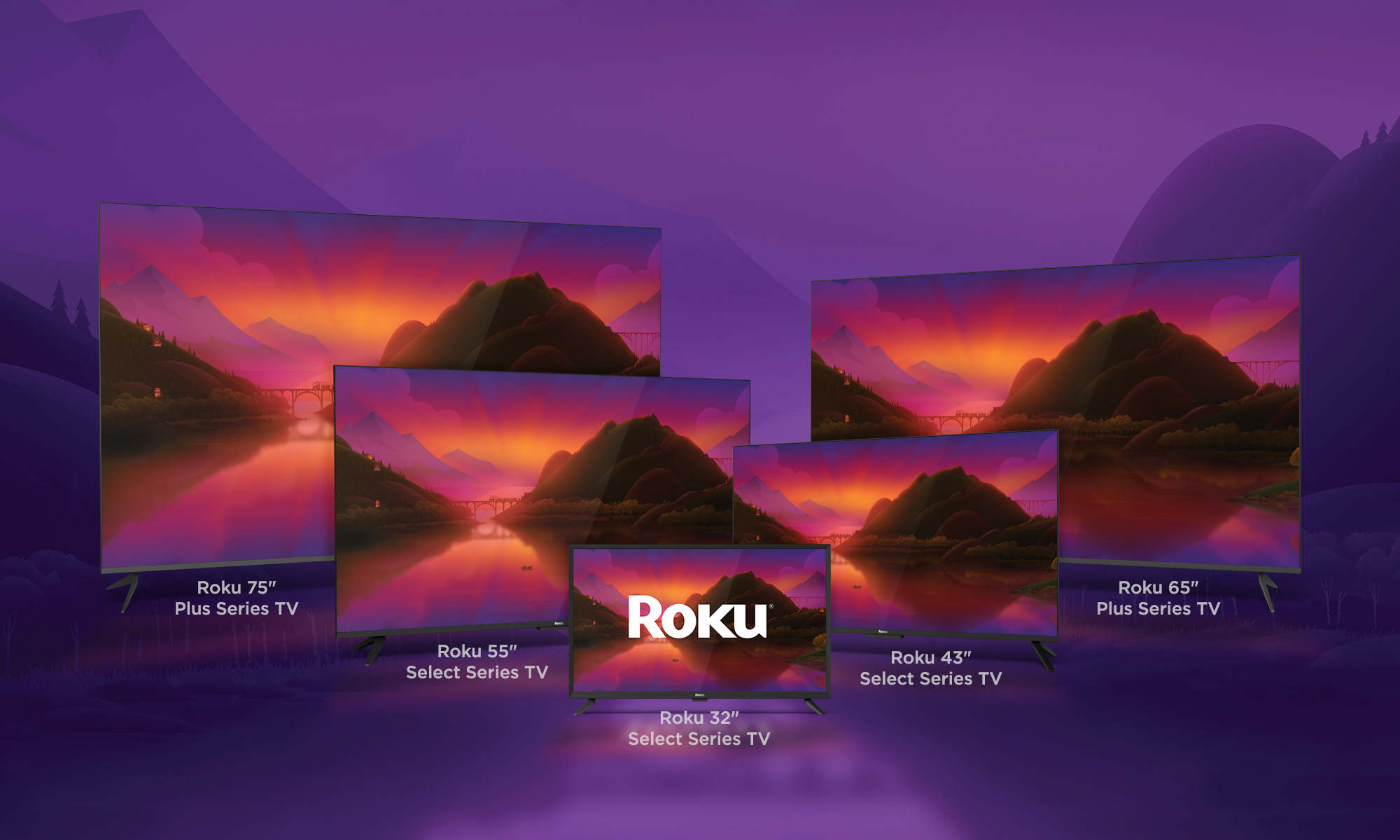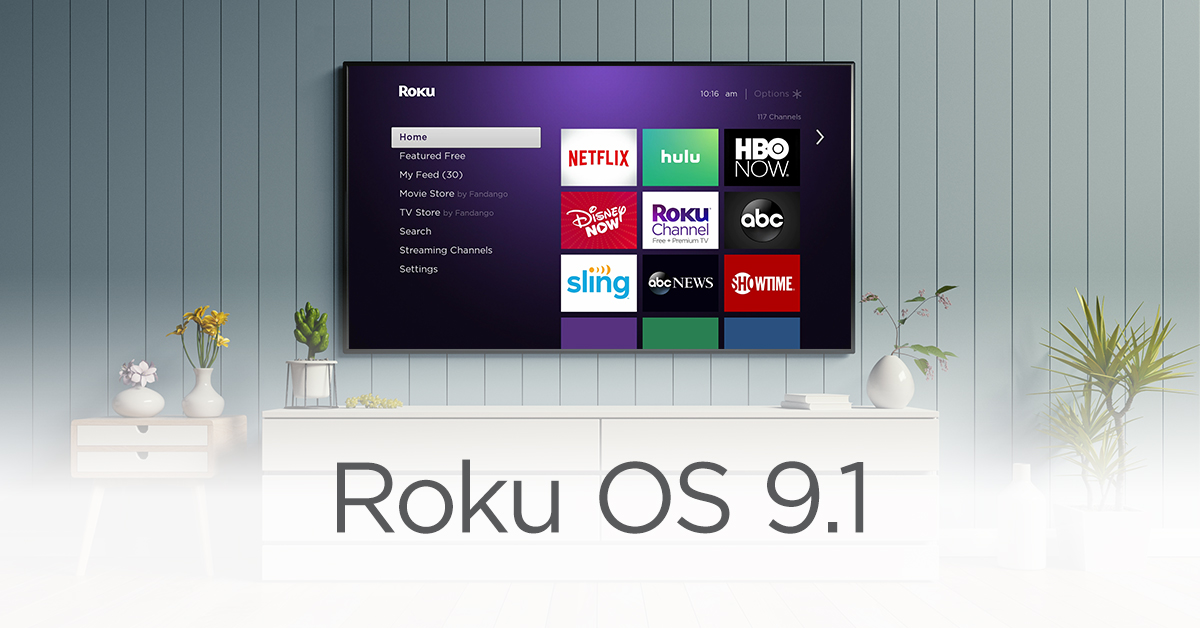The price of skinny bundles, or what we call (cable replacement services) has risen again and again since a bevy of them launched 3 years ago. Why? Because they made the mistake of trying to offer low prices with too many channels in an attempt to stand out against the competition. This eventually catches up to services as fees for programming increase and force the providers to make up the difference. It is a predictable issue that has plagued the cable provider industry for decades.
What service will give me my local channels?
That is one of the most commonly asked questions in cord cutting discussion groups. People love their “local” channels. But what they do not understand about them is that they are the most expensive channels in a TV lineup outside of ESPN. Most of the time the channels are not any more local than CNN because they are owned by powerful media conglomerates who leverage the power and reach of hundreds of markets against the provider. The conversation is basically like this. “if you don’t pay us our requested rate then you are going to have a lot of pissed off customers when the Super Bowl kicks off and no one can watch it on CBS.” This is what typically ends channel blackouts between providers and channel owners. And it almost always ends with the cable provider agreeing to pay more money for the affiliate. This means they have to make up the loss. So they in turn raise the bill to match the fees. This is part of the reason the cost of cable goes up 5 dollars or more at a time. Its like if the price of basic groceries rises you will will be paying more then before because you won’t stop buying, milk, pasta, Rice and eggs. Streaming services that offer local channels like YouTube TV, Hulu with Live TV, Fubo TV, and AT&T TV Now all have to play these games with affiliates just like the cable companies do. And basically they lose every time. This is part of the reason all of those services have raised prices so many time since they launched.
What streaming service has the most channels?
A lot of people who complain about the price of cable being too expensive have the same complaint. “We have all these channels and don’t watch but a couple mainly the ‘local channels’ and …..” We just addressed local channels. Now lets talk about the (…..) As much as people rail against the big bundle, and rail against is the nicest way I can say it, people seem to want a bundle. They get blinded by the numbers 67 channels for only ________. And they think oh that sounds like the best one. But those services that offer the most channels for what ever their introductory price is at launch know they have set up an unsustainable model. Unfortunately customers don’t realize it. If a service has 80 channels it will have more raising fees to worry about than if it offers 40. That’s just math. But because these companies know that a sizable part of the population wants lots of channels while at the same time bemoaning the 57 channels and nothing’s on mentality they build their services that way. But then the piper comes a calling and they have to raise the rates. Their customers scream and cancel and run to another service offering more than it can afford at the rates it charges and it happens all over again.
How many people just can’t live without that certain 2-4 channels?
All I want is a service that has my home improvement shows and Real Housewives of the blah blah blah. Oh and it has to have Nickelodeon or my kids will have a fit, oh and I also like sports (actually just football). But if I can find one that does that I’ll be happy. Well the market tried to race to that expectation. Unfortunately the non negotiable channels that you want are different from the non negotiable channels that I want. So what has been the result? Providers have built up big bundles (smaller than cable bundles mind you) but far more channels than any one family really wanted. Because for everyone that can’t live without Sean Hannity, there is someone who hates him and can’t live without Rachel Maddow. There are people who religiously watch college football every Saturday who could absolutely care less about the Science Channel and Science Channel fans who would never waste a second of their day watching Free Form. So how do you address this? Oh, you offer all of the channels. And what is the result? Higher prices and unhappy customers.
People hate truth in advertising
People like to see those sale stickers. Even if an item’s price was increased before the sale so that a store could say it was reduced without lying. JC Penny had a CEO who decided to end its regular sales in favor of consistent prices that offered a value for the quality. He didn’t last long. In the TV market there is AT&T/DirecTV. When AT&T began offering the service DirecTV Now (since rebranded AT&T TV Now) it was a stunningly low price of $35.00 with a lock in rate for those who signed up early. Boy did that make for some exciting headlines. And you know, it was a legit good deal. Our video review made the rare move of highly recommending people sign up to get that rate. Since then not only has AT&T raised prices, it has reduced channels, rebranded, added HBO as a part of the cost and made a point of not offering special pricing for the first year of service or retention. As a company it has decided that chasing customers who demand lower prices is as productive as bottling air and even defined those customers as low value customers. It’s AT&T’s term for what they would really define as cheapskates looking for a new deal. The market has rewarded AT&T making it tied for 3rd behind Sling TV, Hulu With Live TV. It is tied with YouTube TV. DirecTV Now was the second nation-wide Live TV streaming service on the market but it now trails Hulu and is tied with YouTube TV. That does not say much for growth. It will not be long before YouTube TV passes it by.
So there you have it. There are probably a number of other factors that tie into why live TV streaming services continue to go up in price. But our observations since this kind of service launched led us to these conclusions. It’s easy to just say the services are greedy. Its also just incorrect.






It’s not so much the tv provider but the ISP’s.
They’re getting ridiculously expensive. $75/month.
Streaming services are cheap enough but add in the cost of internet to use them, and i might as well have cable or satellite tv